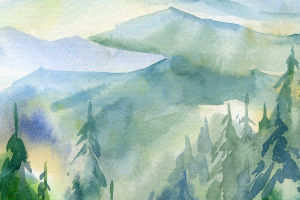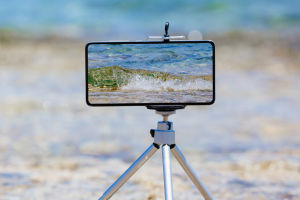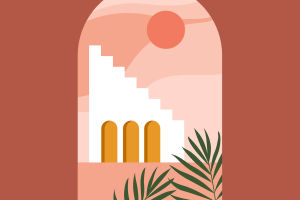Can a machine really be creative? It's a question many of us ask as artificial intelligence starts popping up in art studios, galleries, and even on our own devices.
While traditional art has always been deeply human—filled with feeling, error, and intuition—AI is quietly entering the scene, not to replace, but to transform how we create.
If you've ever used a drawing app that auto-colorizes your sketches or tried out an AI image generator out of curiosity, you've already dipped your toe into this new world. But how deep does it go? And what does it mean for artists who've trained for years with a paintbrush or pencil in hand? Let's explore.
AI as a Tool, Not a Threat
The first thing to know is this: AI isn't here to replace artists. It's more like a new kind of brush—just one with an impressive memory and lightning-fast reactions.
Inspiration on demand: Artists can use AI tools to brainstorm styles, test colors, or generate mood boards in seconds.
Time-saving support: Tasks like cleaning up scanned sketches, scaling images, or applying filters can now be done automatically.
New forms of collaboration: Artists feed the algorithm ideas, and the algorithm gives back suggestions. It's not stealing creativity—it's bouncing it back.
In this sense, AI acts like a helpful assistant in the studio. Imagine telling your sketching tool: "Show me this landscape in three lighting styles," and getting them instantly. The artist still decides what to keep, adjust, or ignore.
Changing How We Learn and Practice Art
One of the most exciting shifts is in how people learn to create art. AI makes it easier for beginners to get started, and for experts to explore new styles without starting from scratch every time.
Real-time feedback: Some platforms now use AI to offer tips while you draw—like suggesting line corrections or color adjustments.
Style mimicry: Curious about experimenting with oil painting in expressive, swirling brushwork? AI can replicate the brushstrokes so you can study and apply them.
Democratizing access: You don't need an expensive studio to practice anymore. A phone or tablet and an AI-powered app are enough to begin.
Of course, this brings up the question: will traditional skills fade? Not really. Many artists find that working with AI pushes them to refine their own vision, rather than rely on presets.
When Machines Create: Is It Still Art?
Let's talk about AI-generated images—those surreal landscapes, futuristic portraits, or dreamy concept art pieces we often see online. They're impressive, sure. But are they "art"?
The short answer is: it depends.
If the artist guides the process, choosing prompts, making edits, and interpreting the result, it becomes a creative collaboration.
If the piece is fully machine-made, without human input or intention, it might feel hollow or impersonal—even if it looks cool.
The heart of art is still intention. What does it say? What does it mean? And that's where human creators continue to shine. AI may be the hand, but the human is the mind behind it.
Traditional Artists Are Evolving
Many painters, illustrators, and sculptors are now adding AI into their process—not replacing their handmade skills, but expanding their range.
For example:
- A watercolor artist may use AI to test different compositions before painting.
- A sculptor might 3D model with AI software to preview a piece before carving.
- A comic book creator may generate rough backgrounds to save time, then add their detailed characters on top.
It's no longer "AI vs. humans." It's "AI with humans." And the most successful artists are the ones embracing that mindset.
What's Next for Creativity?
We're still early in this journey. AI is learning fast, but it doesn't feel, reflect, or dream the way humans do. What it can do is help us explore more, try bolder ideas, and make creative work more accessible than ever before.
So Lykkers, here's a question for you: would you ever create something with AI? Or do you prefer your art to be all-human, all the way? Whether you're a doodler, a dreamer, or just an art fan, this new blend of tech and creativity invites all of us to rethink what it means to make something beautiful.


